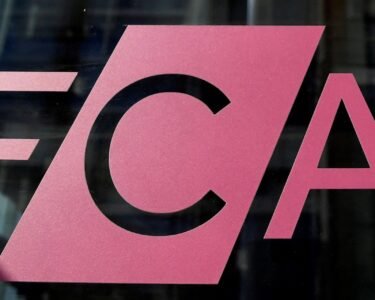The Reserve Bank of India (RBI) has issued a draft framework aimed at revising the norms for gold loans, focusing on enhancing risk management and standardising lending practices. This move is set to impact a wide range of financial institutions, including banks, non-bank financial companies (NBFCs), co-operative banks, and regional rural banks (RRBs).
Gold-back lending
The central bank has clarified that banks and financial institutions will not be allowed to grant loans against certain types of gold assets, including gold bars, silver, or financial instruments backed by gold/silver such as gold ETFs or mutual fund units. The clarification came as part of the central bank’s draft framework on gold lending, issued on Wednesday.
The proposal aims to bring uniformity and reduce systemic risks in gold-backed lending. “The RBI’s draft circular provides uniformity in gold lending practices. The proposed restrictions on accepting gold in its primary form — such as gold bars — and financial instruments like gold ETFs or mutual funds as collateral mark a significant shift,” Sumit Sharma, Founder of Radian Finserv, told the Financial Express.
He added that this move presents an opportunity for lenders to recalibrate their frameworks in line with evolving regulatory expectations.
The RBI wants to bring uniformity and reduce risk in gold-backed lending. Here’s the logic:
Jewellery and coins (especially the ones minted by banks) are more trackable, liquid, and easier to value.
Bars, ETFs, and mutual funds, on the other hand, are either too volatile, less liquid, or not directly in physical possession, making them riskier for banks to lend against.
This draft rule pushes lenders to stick to traditional, physical gold assets — mainly gold jewellery and limited coin quantities — when issuing gold loans.
The RBI has invited public feedback on these proposals, indicating a potential shift in how gold loans are administered within the country. These regulations stipulate that loans can be secured against gold jewellery and specially minted gold coins sold by banks, limited to a maximum of 50 grams per borrower.
The draft regulations are part of a broader strategy to curb misuse of gold-backed lending, improve asset quality, and reduce associated risks. The guidelines stress the importance of verifying the ownership of gold collateral and maintaining comprehensive records of such verifications.
In instances where original purchase receipts are unavailable, lenders must prepare suitable documentation explaining how ownership was determined. Moreover, loans cannot be granted if the ownership of the collateral is in doubt, and any pledge of gold collateral must comply with the lender’s suspicious transaction reporting policies.
The draft framework also sets specific limits on the size and type of gold loans. Gold loans intended for personal use, particularly those requiring bullet repayments, are restricted to a maximum period of 12 months. Additionally, co-operative banks and RRBs face a cap, unable to extend gold loans exceeding Rs 5 lakh to any individual borrower.
These limits are expected to regulate the flow of gold-backed credit more effectively while aligning with evolving regulatory expectations. The potential for standardised practices offers regulated entities the chance to innovate and expand their customer base.
The RBI’s initiative to formalise lending practices aims to enable regulated financial entities to be more agile and innovative, allowing a wider customer base to access credit safely. With these new guidelines, the RBI hopes to strike a balance between facilitating access to credit and ensuring the financial stability of the institutions involved in gold-backed lending.




